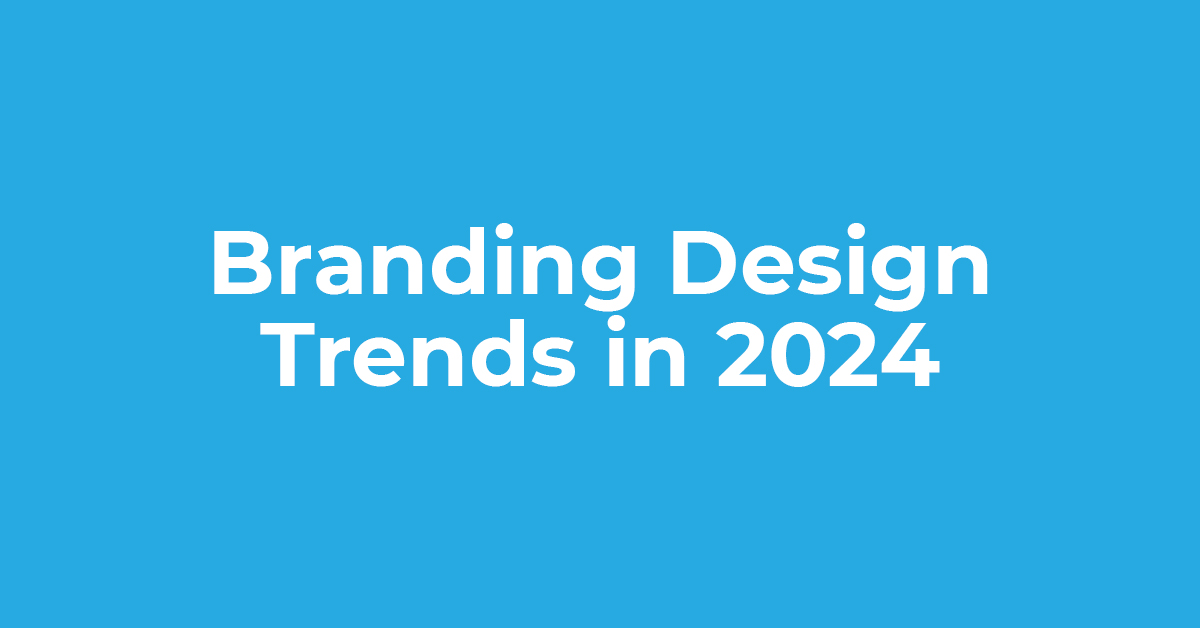As the world continues to grapple with pressing environmental challenges, the role of graphic design and marketing in promoting sustainability has never been more crucial. In 2024, businesses are increasingly recognising the importance of adopting eco-friendly practices and communicating their commitment to environmental stewardship through graphic design and marketing initiatives. Here’s a closer look at the sustainable and environmental graphic design and marketing trends shaping the landscape in 2024:
- Eco-conscious Branding: Sustainable branding goes beyond just using recycled materials—it’s about communicating a brand’s commitment to sustainability through every touchpoint. In 2024, eco-conscious branding emphasises transparency, honesty, and accountability, with brands using visual elements such as eco-friendly colour palettes, natural textures, and minimalist designs to convey their environmental ethos.
- Green Packaging Design: With consumers increasingly prioritising sustainability in their purchasing decisions, green packaging design has become a cornerstone of environmental graphic design. Brands are opting for biodegradable, compostable, and recyclable packaging materials, while also incorporating eco-friendly graphics and messaging to educate consumers about proper disposal and recycling practices.
- Carbon-neutral Advertising: In response to growing concerns about carbon emissions and climate change, carbon-neutral advertising has emerged as a key trend in environmental marketing. Brands are offsetting the carbon footprint of their advertising campaigns through initiatives such as tree planting, renewable energy projects, and carbon offset credits, while also highlighting their efforts to reduce emissions throughout the production and distribution process.
- Sustainable Print Practices: Despite the shift towards digital marketing, print materials still play a significant role in many marketing campaigns. In 2024, businesses are adopting sustainable print practices, such as using recycled paper and soy-based inks, reducing paper waste through efficient printing processes, and incorporating eco-friendly design elements into printed materials to minimise environmental impact.
- Virtual and Augmented Reality Experiences: Virtual and augmented reality (VR/AR) technologies offer immersive experiences without the need for physical materials, making them inherently more sustainable than traditional marketing methods. Brands are leveraging VR/AR to create engaging, interactive experiences that showcase their products and services in a virtual environment, reducing the need for physical prototypes and printed collateral.
- Community-focused Campaigns: Environmental graphic design and marketing are increasingly centred around community engagement and grassroots activism. Brands are partnering with local organisations, charities, and environmental groups to create campaigns that raise awareness about pressing environmental issues, inspire collective action, and drive positive change at the local level.
- Circular Design Principles: Embracing the principles of the circular economy, brands are adopting circular design principles in their graphic design and marketing strategies. This involves designing products, packaging, and marketing materials with longevity, durability, and recyclability in mind, as well as implementing strategies for product stewardship, reuse, and recycling throughout the product lifecycle.
- Educational Content and Campaigns: In an era of information overload, educational content and campaigns play a crucial role in empowering consumers to make more sustainable choices. Brands are using graphic design and marketing to create informative, engaging content that educates consumers about environmental issues, sustainable practices, and the positive impact of their purchasing decisions.
- Storytelling with Purpose: Effective storytelling has always been a powerful tool in marketing, but in 2024, brands are harnessing the power of storytelling with purpose to drive meaningful change. By weaving sustainability narratives into their brand stories, brands are able to connect with consumers on a deeper level, inspire action, and position themselves as agents of positive change in the fight against climate change and environmental degradation.
- Measuring Impact and Transparency: Finally, transparency and accountability are paramount in sustainable graphic design and marketing. Brands are measuring and reporting on the environmental impact of their graphic design and marketing initiatives, from resource consumption and emissions to waste generation and recycling rates, while also communicating their sustainability goals, progress, and challenges openly and honestly with consumers.
Sustainable and environmental graphic design and marketing have emerged as essential components of modern brand strategy in 2024. By adopting eco-conscious practices, leveraging innovative technologies, and engaging with consumers in meaningful ways, brands can not only reduce their environmental footprint but also inspire positive change and foster a more sustainable future for generations to come.



